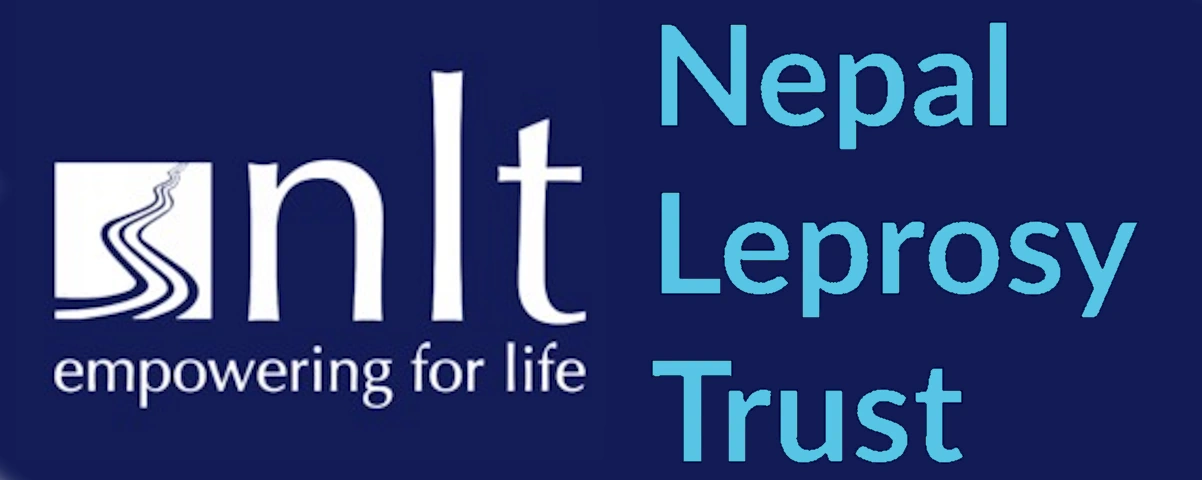Tackling Stigma
Self Help Groups
Linked to the Self Care Training and the Self Care Cells that have grown out of it has been the establishment of Self Help Groups to enable those re-adjusting to everyday life to meet challenges together.
These groups have become effective at reducing stigma in their communities, and bringing development and successful income generation activity to the group members. They also encourage new cases of leprosy to report for treatment and even detect a significant number of new cases themselves.
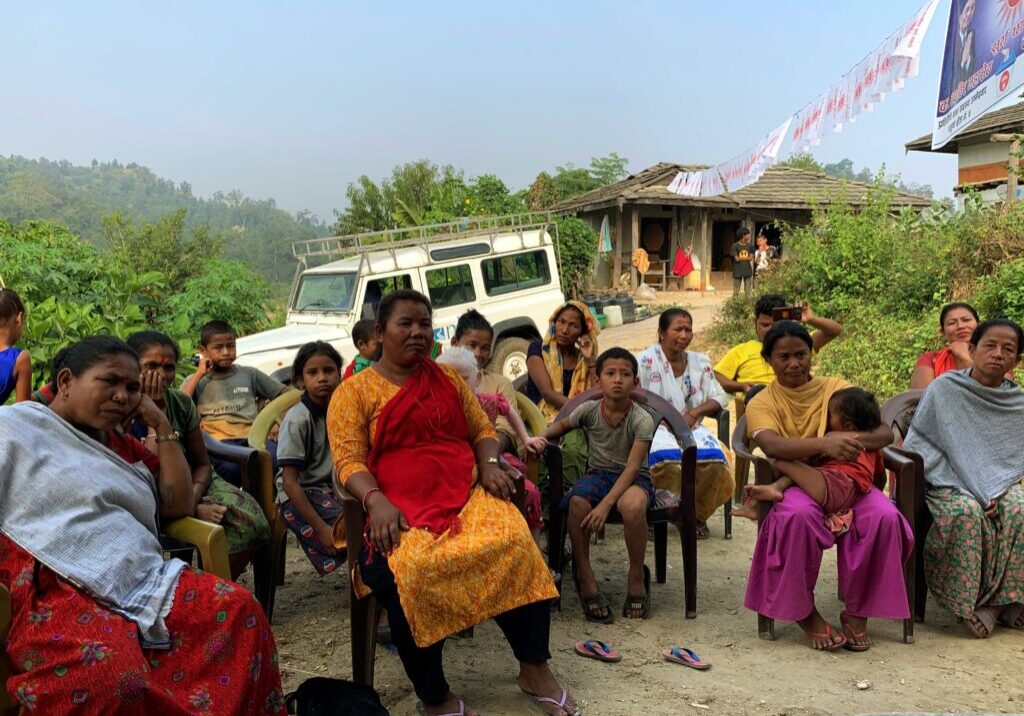
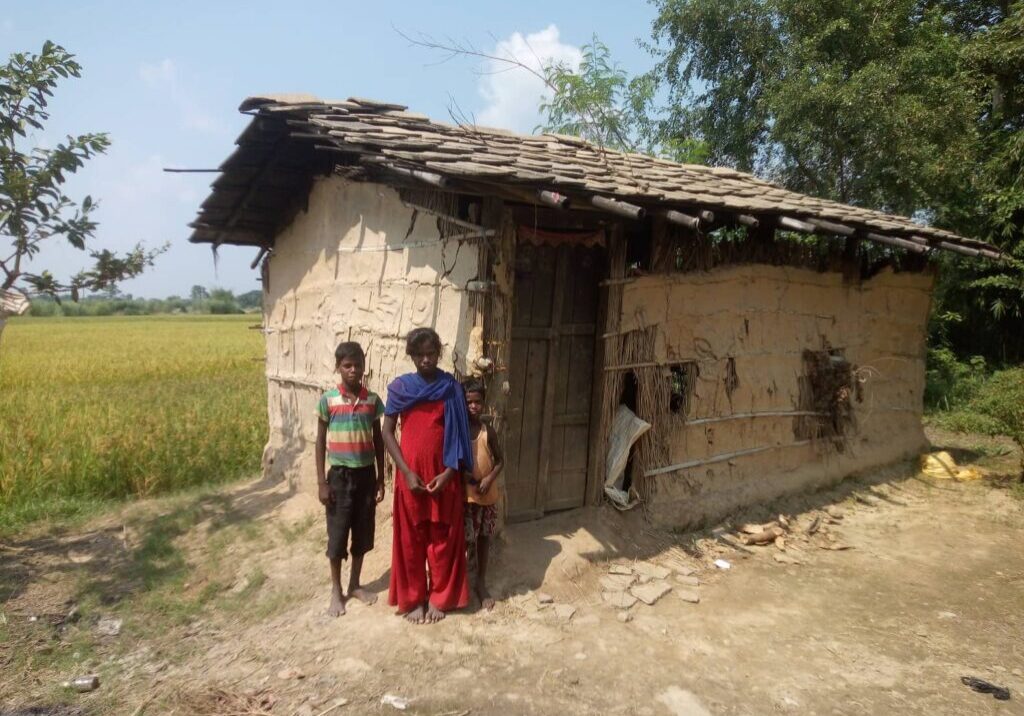
STEP
The Stigma Elimination Programme (STEP) began in 2002 The 10 Groups established at that time now support newer groups as they become established. These groups are a major success story and have played a key role in reducing the stigma of leprosy in their communities.
Evaluations carried out in 2005, after the pilot project, showed conclusively that people previously unable to participate in community life due to ostracism caused by leprosy, were almost fully integrated again after the STEP programme.
Community based empowerment and rehabilitation activities are helping people marginalised as a result of leprosy to become the principal agents of change in issues affecting their own lives. As they begin to play significant roles in their communities, their status is enhanced, helping reduce the stigma of leprosy.
One group leader, Mainudin Dafali, was awarded the Wellesley Bailey Award in 2011 by The Leprosy Mission International, for his achievements. Mainudin was badly disabled by leprosy but did much work to improve the conditions of his group members and his community.
There are now over 100 of these groups involving over 2500 people directly. Many groups have invited people with other kinds of disability to join them so that in some groups, about 30% of members do not have leprosy themselves.
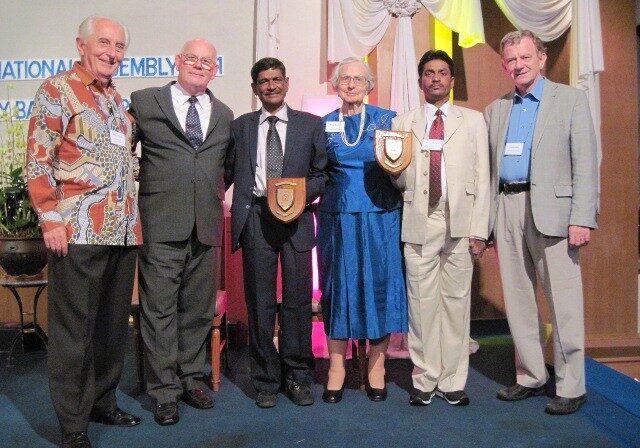
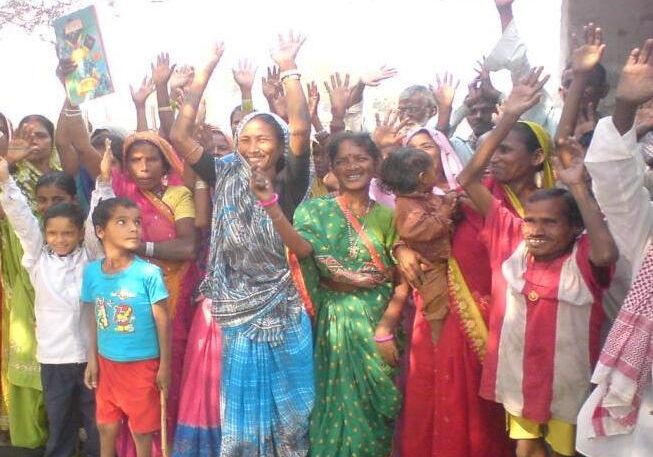
RECLAIM
RECLAIM was the next generation of STEP taking the community work to a new level with a strong focus on advocacy and a rights-based agenda for people with disability.
Like STEP it worked through Self Help Groups and continued to develop these, producing another 50 groups. It ensured that disabled people, and particularly those disabled by leprosy, were able to initiate and participate in activities that reduce poverty. It also worked to realise the rights of people with disabilities, as set out by the UN Convention.
From this, we have seen a 'ripple effect' as more communities have changed their attitudes about leprosy and other disability. These groups continue to be key to helping leprosy be eliminated in the Nepal Terai regions.
Village Alive
Growing out of the Self Help Group work has been the very successful Village Alive Programme.
Village Alive carries our accumulated experience of working with groups into the wider village context. It aims to lift communities out of extreme poverty, poor health and poor education levels into a place where people are working together with enthusiasm to improve conditions in every way.
This work is led by self help group members who are affected by leprosy, and so there is a very strong stigma elimination component to the work. Key improvements achieved are in education, sanitation, clean water, health – especially for mothers and children, and village infrastructure and cleanliness. This work continues to be exciting and rewarding and is bringing transformation to many lives.
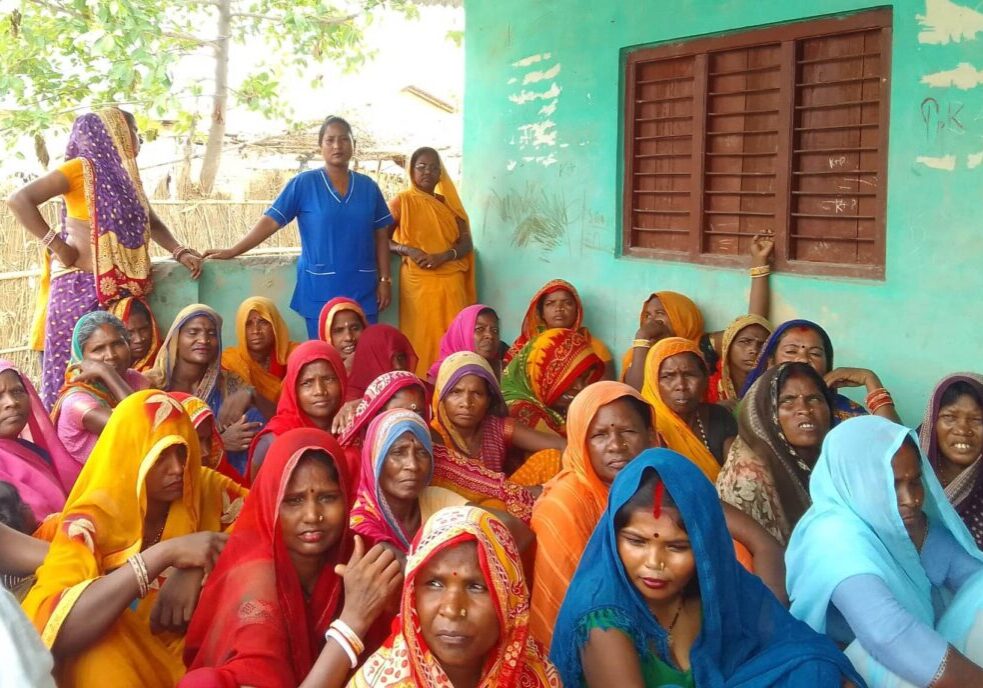
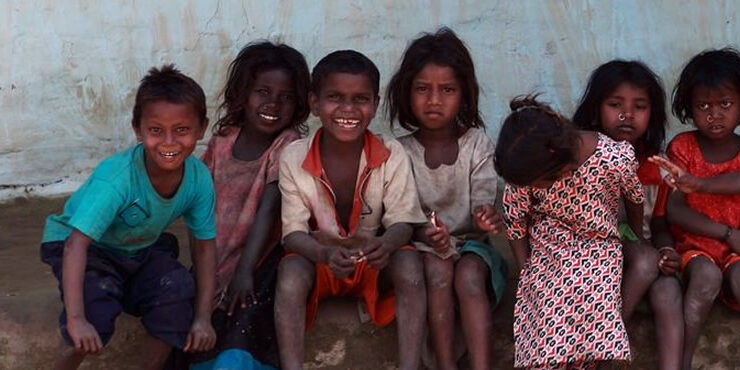
Empowering for life
Help us make a difference
